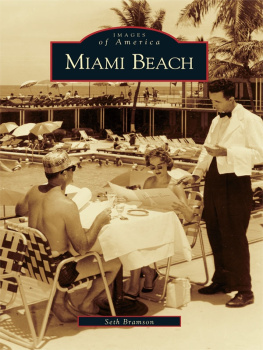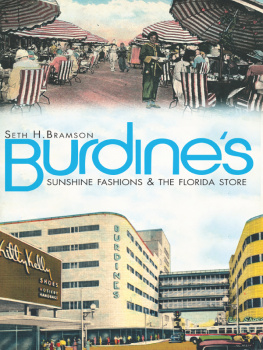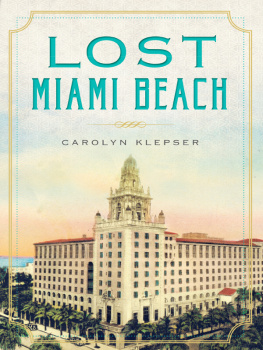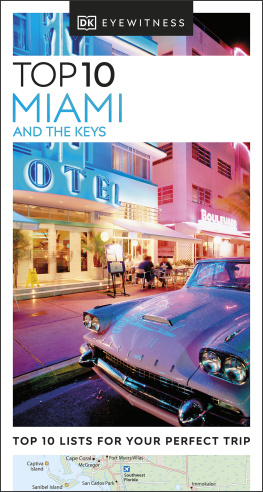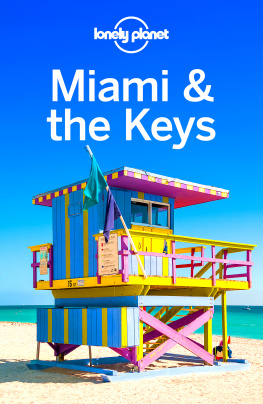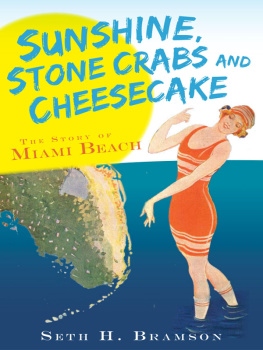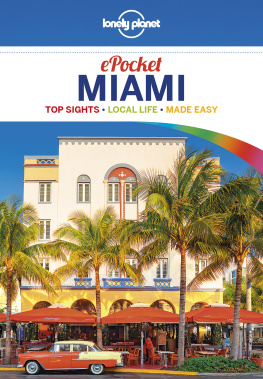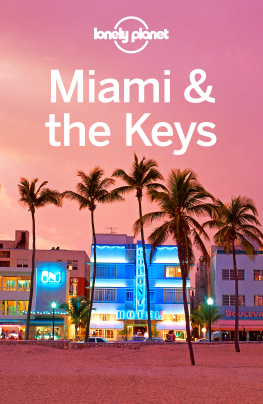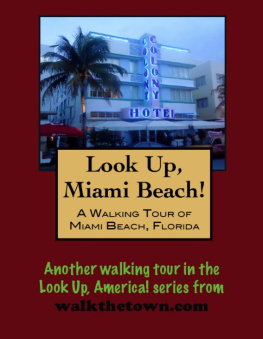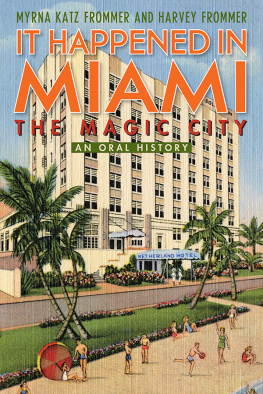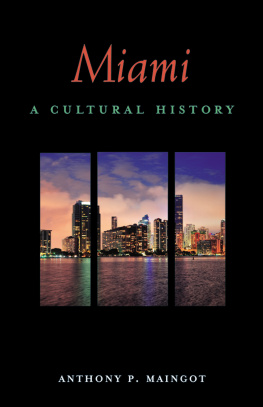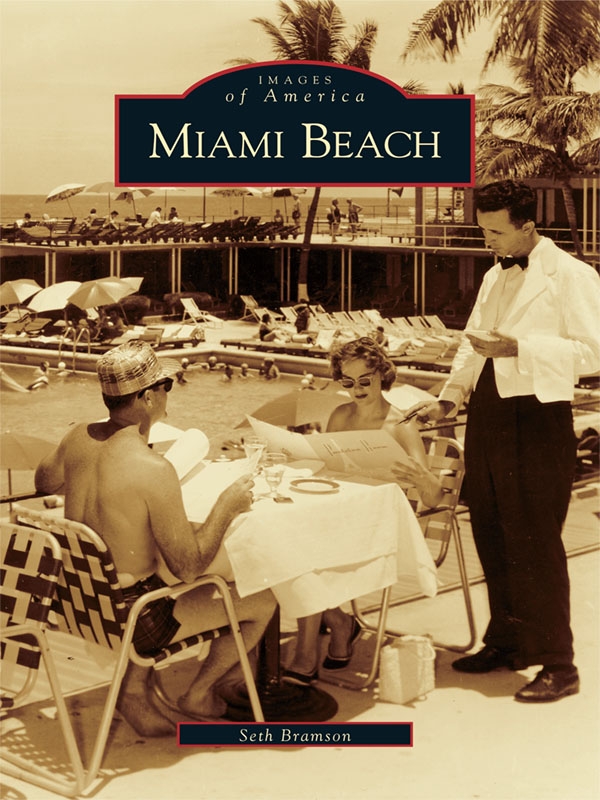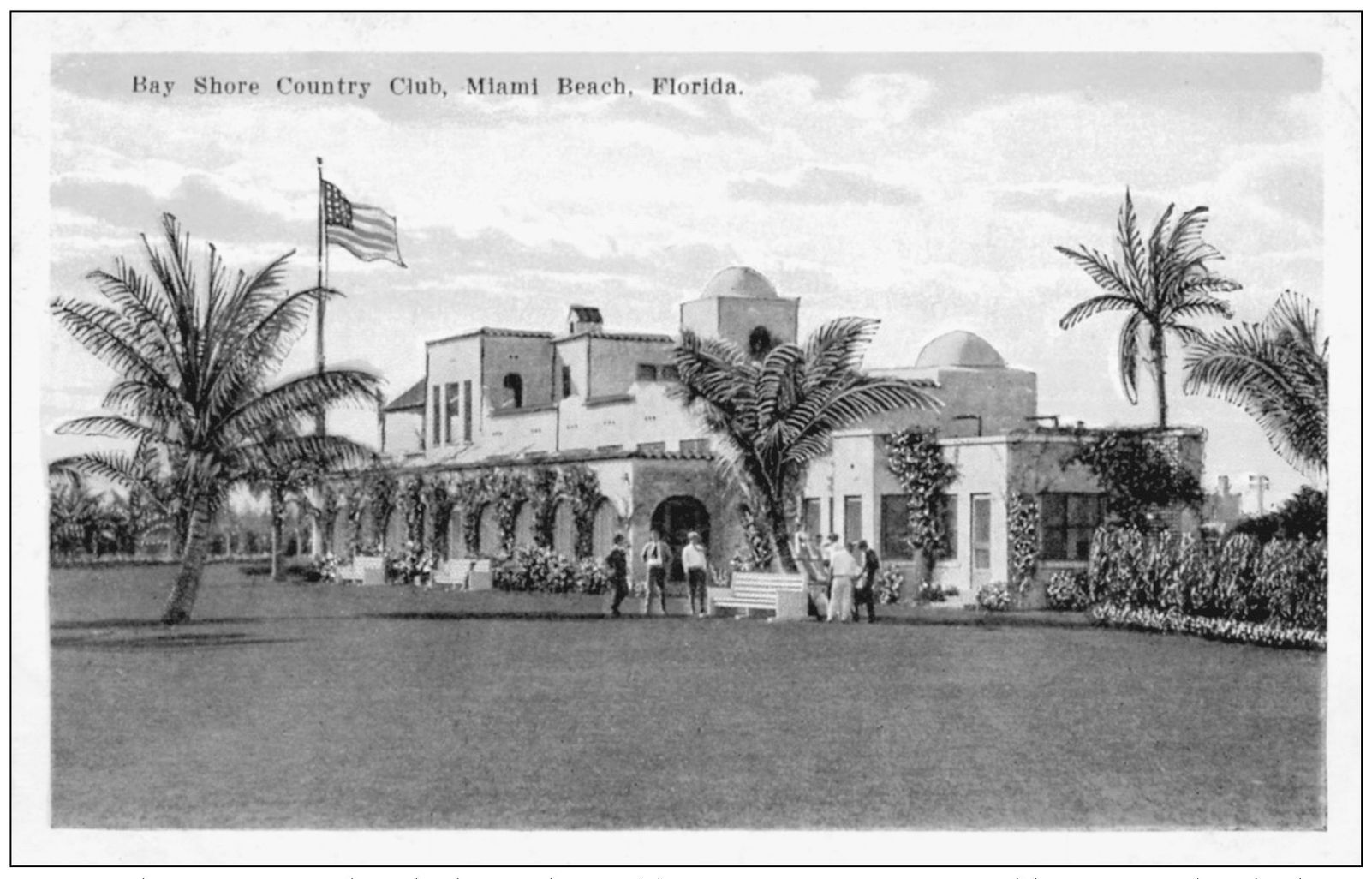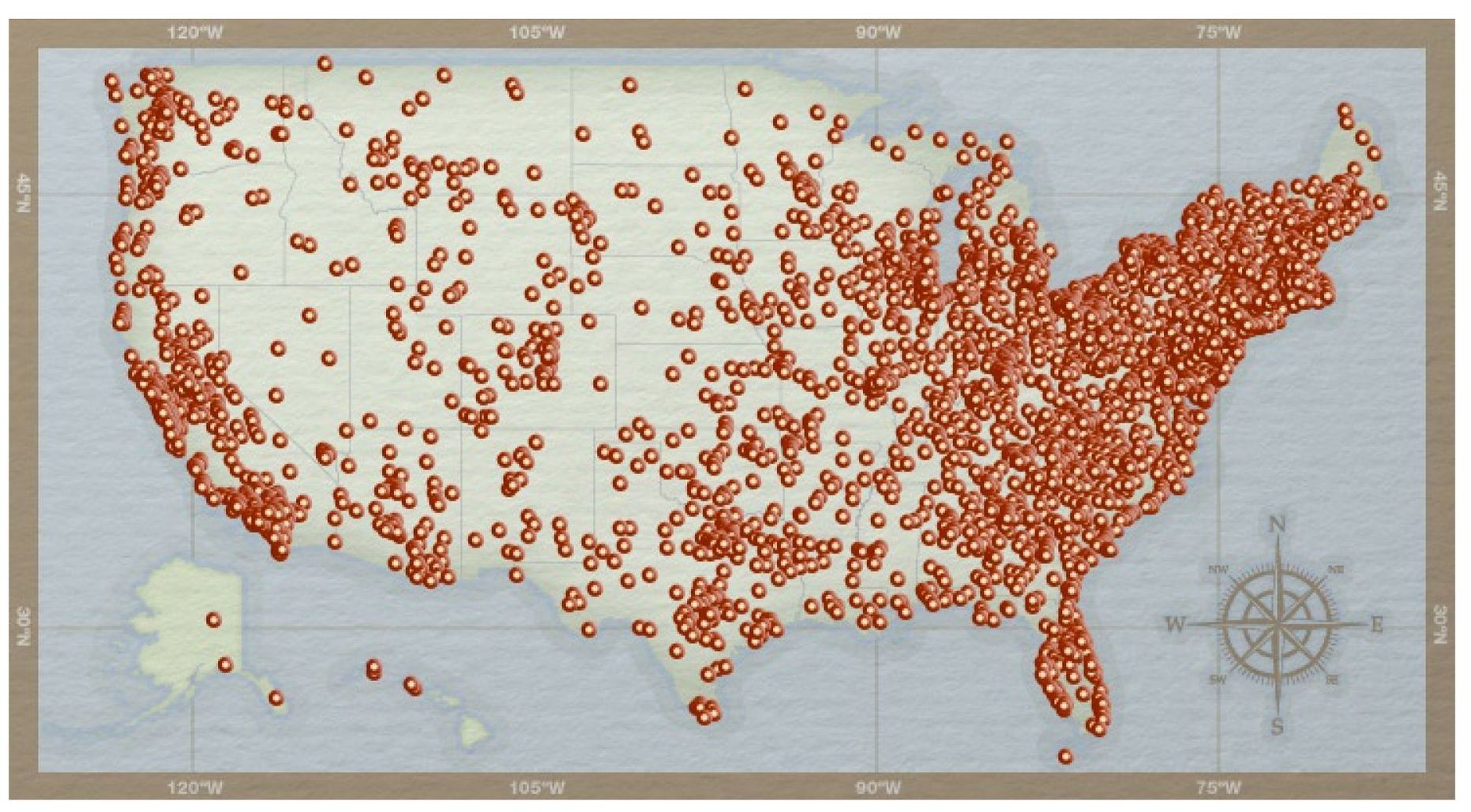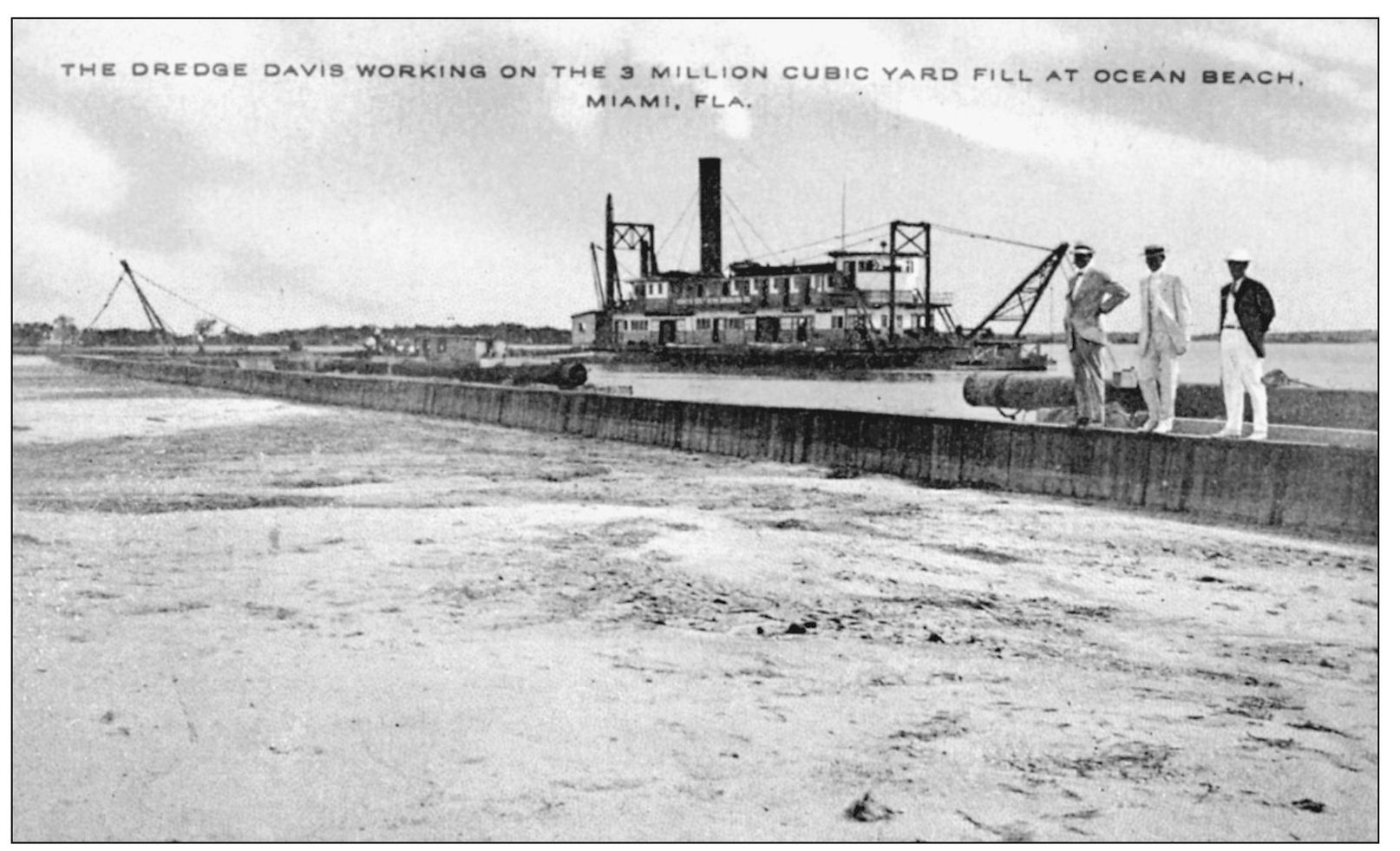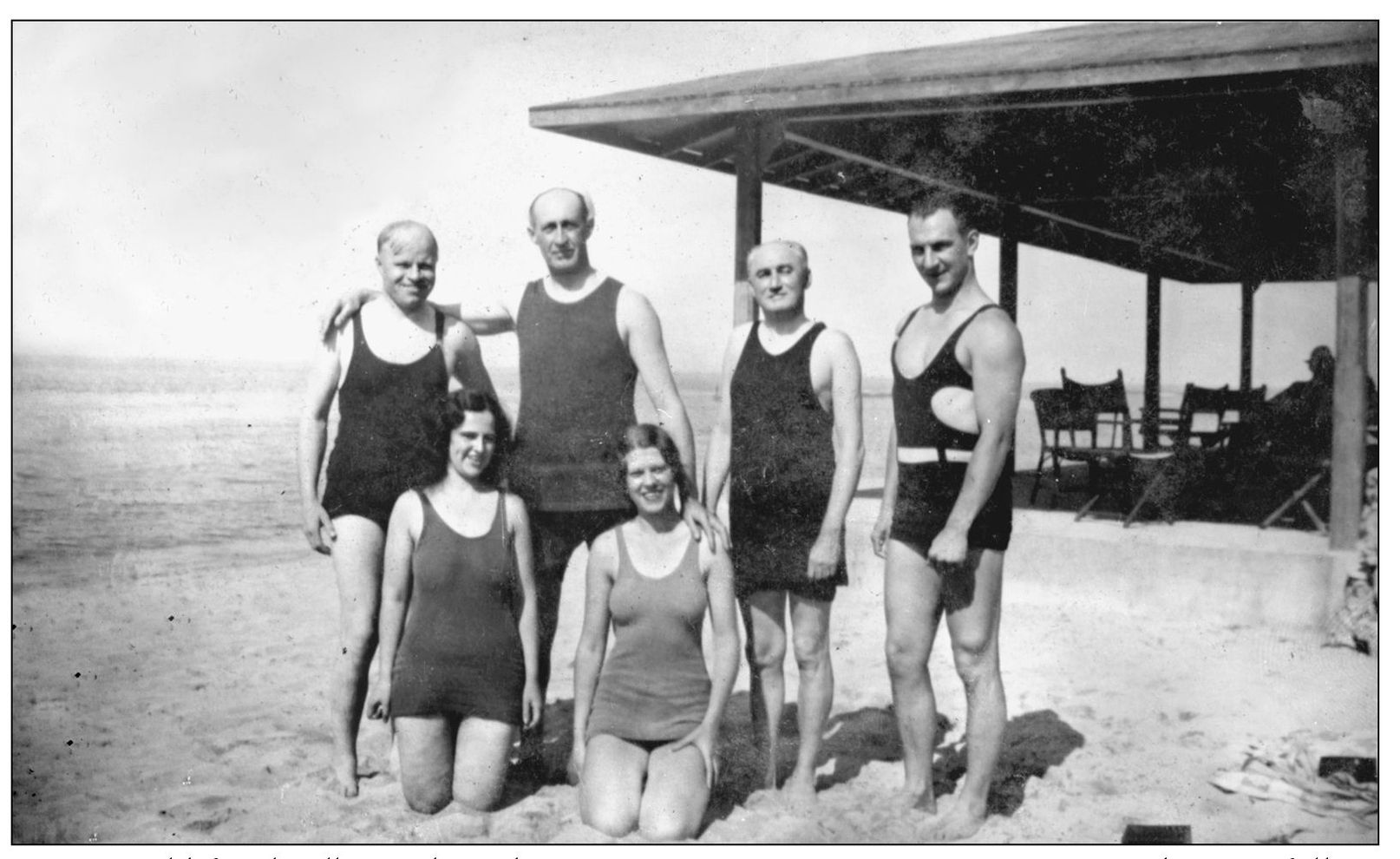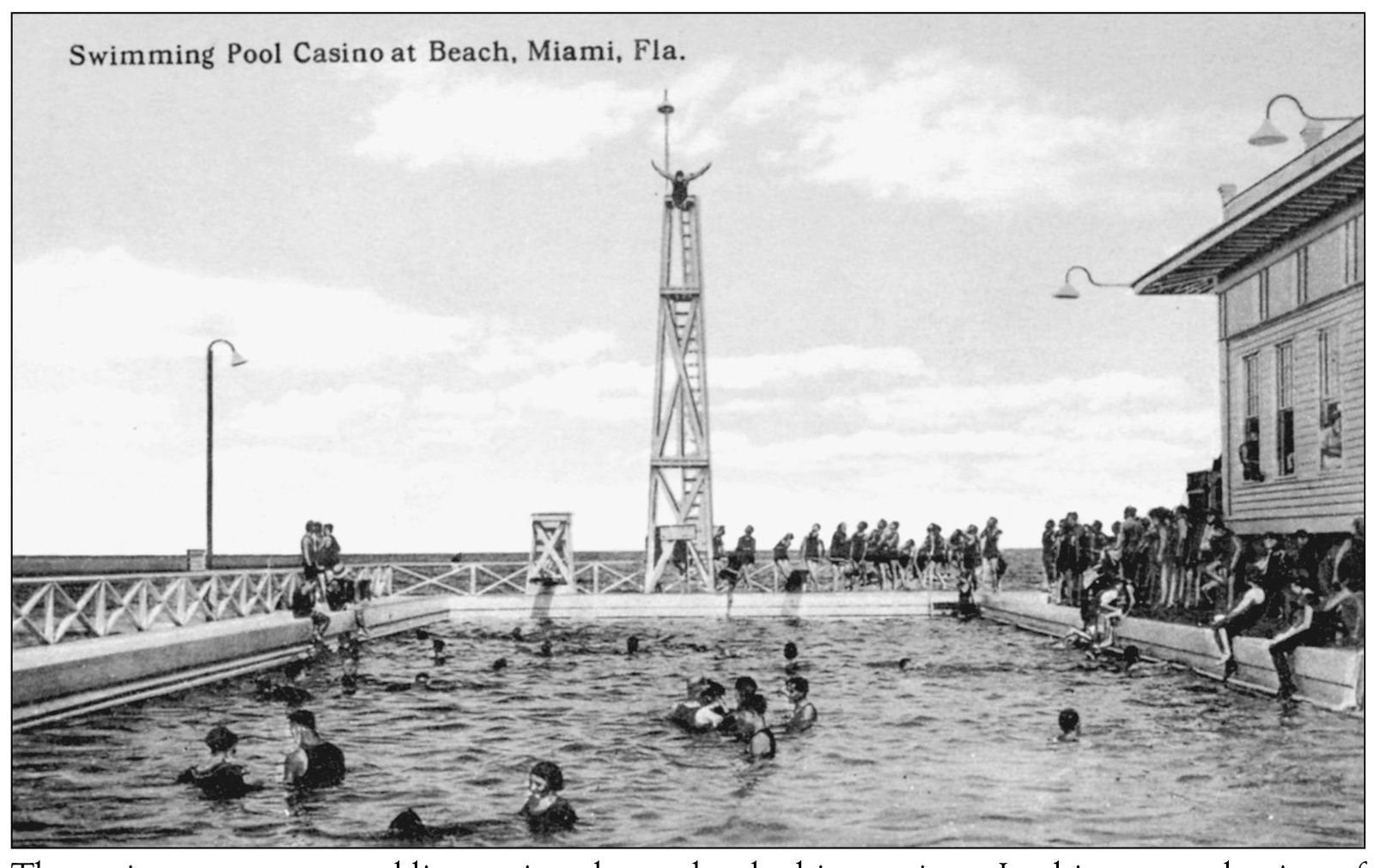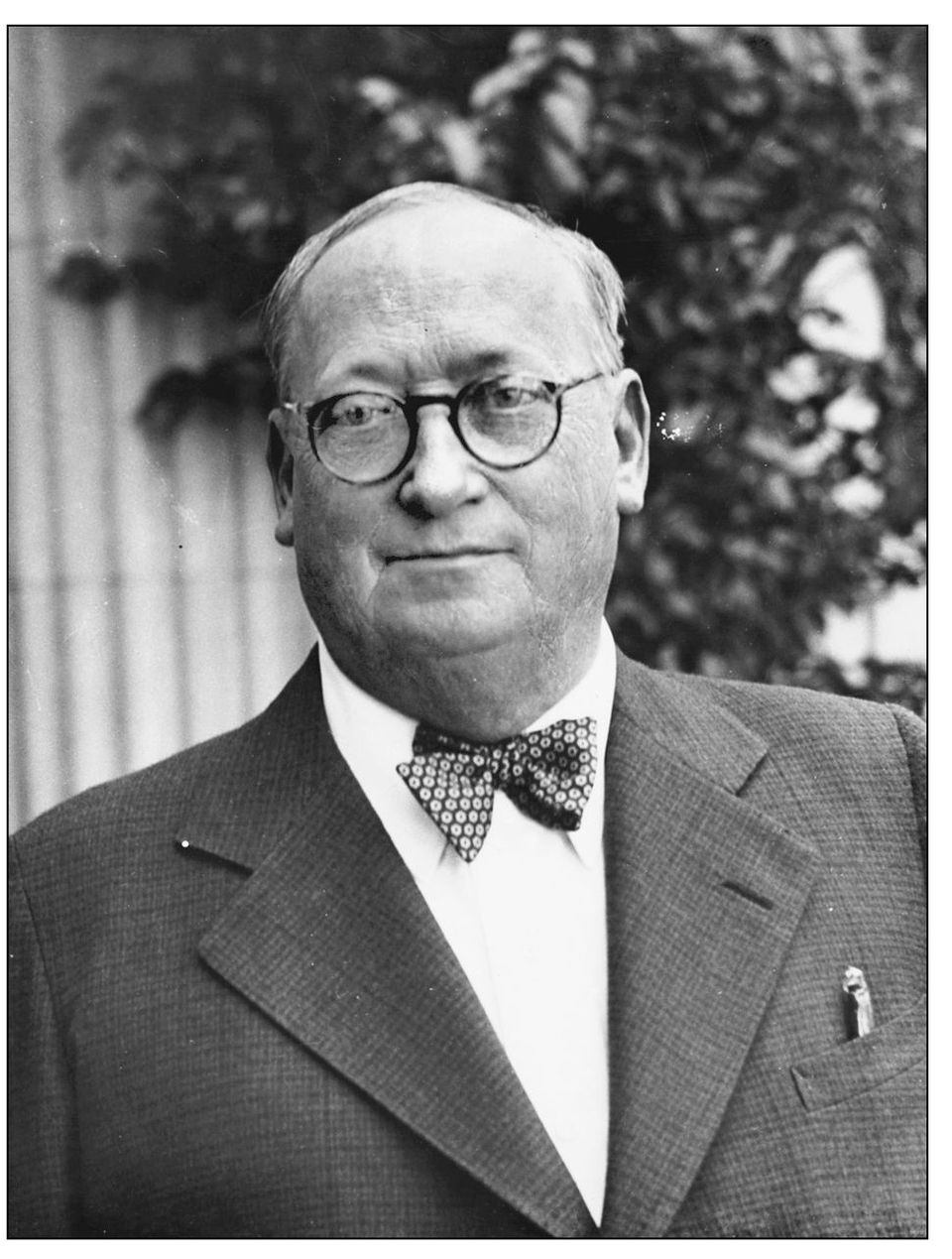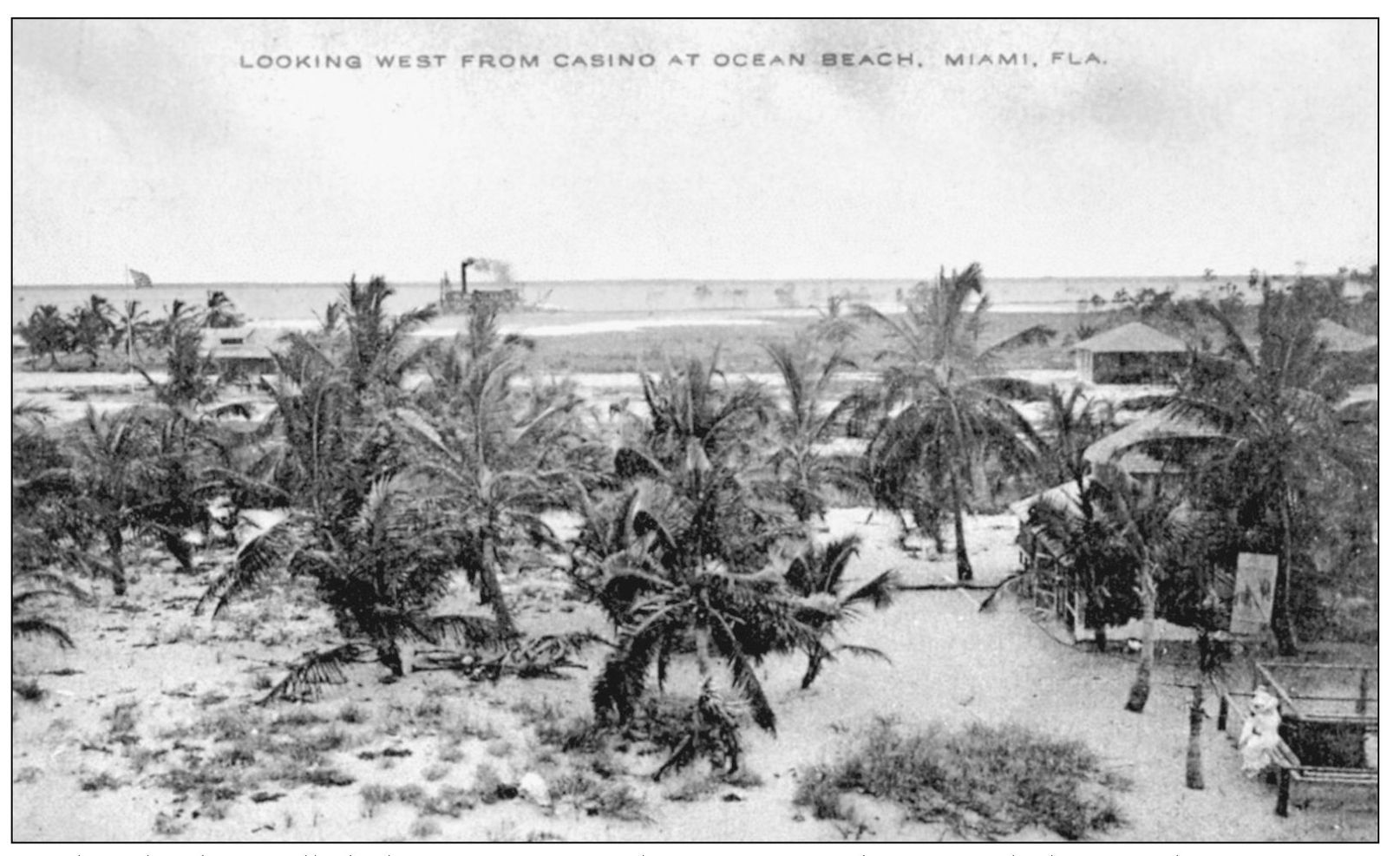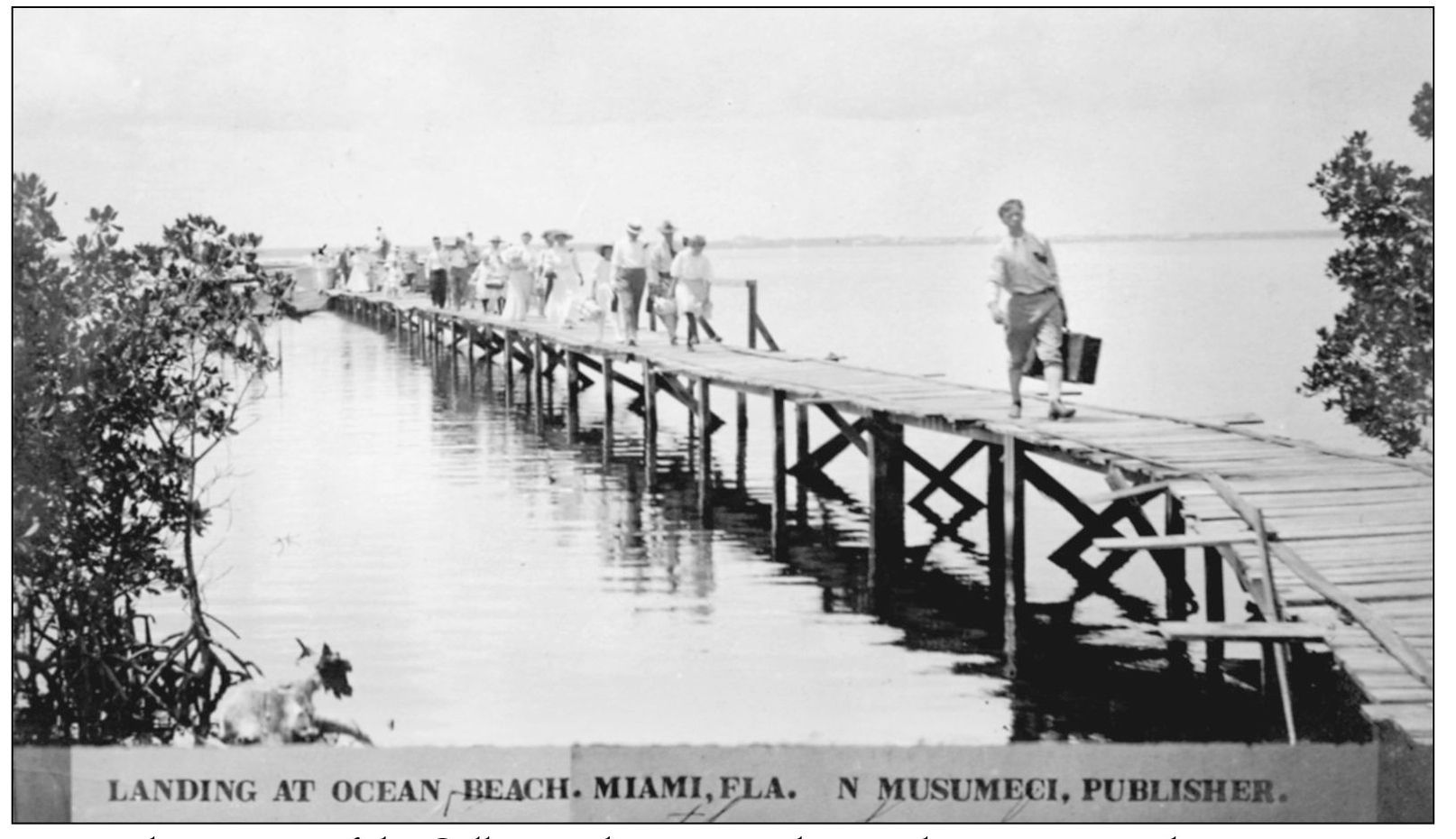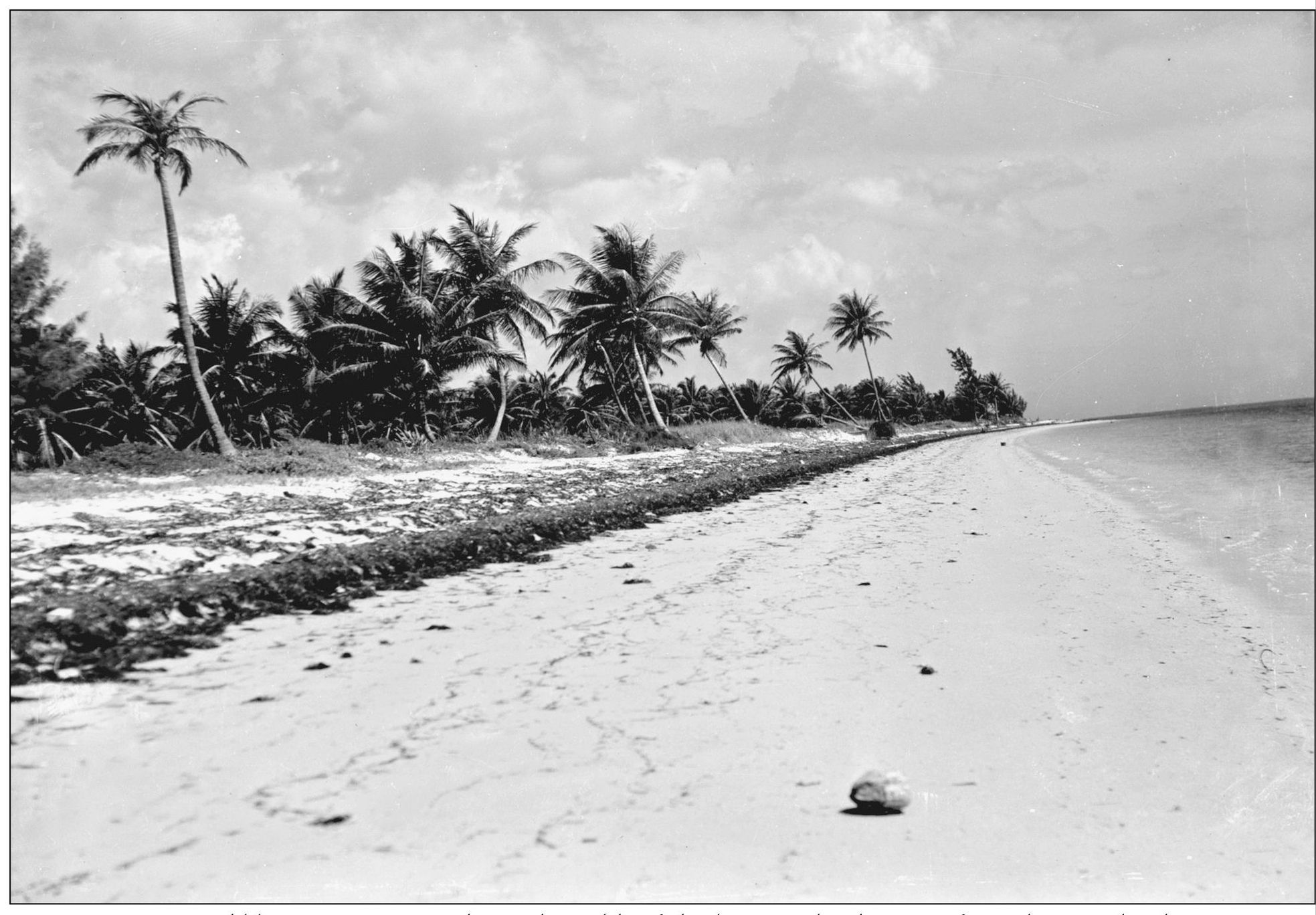One
IN THE BEGINNING
It was certainly not an auspicious start for what would eventually become the worlds most desirable vacation resort, for the spit of sand at the southeast corner of the Florida coast was inhospitable, devoid of anything even resembling lodgings and, except by water, completely inaccessible.
It was the idea of farming that began the development of the island. The initial planting of choice was the coconut, but when Ezra Osborn and Elnathan T. Field realized that they could not and would not become rich by farming, they elected to sell their acreage to others. Those others had different plans.
Henry Morrison Flagler, of Standard Oil, built much, if not most, of the east coast of Florida, and Flagler is credited with founding both Palm Beach and Miami. It was his foresight, faith, and belief in the future of the Florida east coast that would inspire all who followed.
Although a magnificent monument to him and his great and immortal works was built in his honor on an island in Biscayne Bay, Flagler never ventured across that bay. When he died in 1913, Miami Beach was two years away from incorporation. The building and development of what was to become the most desirable resort destination in America was left to a hardy group of men from diverse backgrounds and businesses, all of whom had total faith in their ability to complete the incredible work that they were about to start.
The names of those pioneers, from Lum, Field, and Osborn to Pancoast, Levi, Chase, Dammers, and the Lummus brothers, must be enshrined in history, but one name, above all, was responsible for all that would follow, and that person, that name, was Carl Graham Fisher.
The Ocean Beach Realty Company was one of Fishers early development and land sales subsidiaries. To sell Alton Beach/Ocean Beach/Miami Beach, the ocean and bay had to be dredged and the sea and bay literally filled in. Here the dredge Davis is pumping in some of the three million cubic yards of fill that would eventually form a tropical paradise.
From an old family album, this adventuresome group is enjoying Ocean Beach to its fullest, likely on the sand behind Smiths Casino at what is now First Street and Ocean Drive but was then simply The Casino. Reached only by ferry from Miami and then a healthy hike over a dirt trail from the bay side to the ocean, Ocean Beach had cooling sea breezes and pleasant Atlantic waters that would make the trek worthwhile.
The casinos were not gambling casinos but rather bathing casinos. In this very early view of Smiths, we see the high diving board on which only the most daring (and the young swains attempting to impress their young women) would dive from the top.
John H. Levi, who would later be mayor of Miami Beach, became Fishers confidante and ramrod as Miami Beach was being built. Levi, who had been a yacht salesman, met Fisher during a boating excursion and told him about the island in the sun.
As the island was filled, the coconut trees left over from the original plantings began to grow and became a symbol of both Miami and the beach. In this Ocean Beach Realty Company view from the south end of the beach looking west from the casino, the dredge (likely the Davis ) is still hard at work pumping sand from the bay.
Prior to the opening of the Collins Bridge in 1913, those wishing to enjoy a day in East Miami (as it was known for a short time) or at the beach would embark from Elsers Pier at the foot of Twelfth Street (now Flagler Street) in Miami and enjoy crossing Biscayne Bay aboard the Mauritania or the Lusitania , as the ferries was so grandiosely named. Beachgoers arrived at this long pier at the foot of what is now Biscayne Street, Miami Beachs southernmost street. They would then walk across the trail to the beach where they could eventually take their pick of Smiths, Hardies, or Cooks Casinos.

